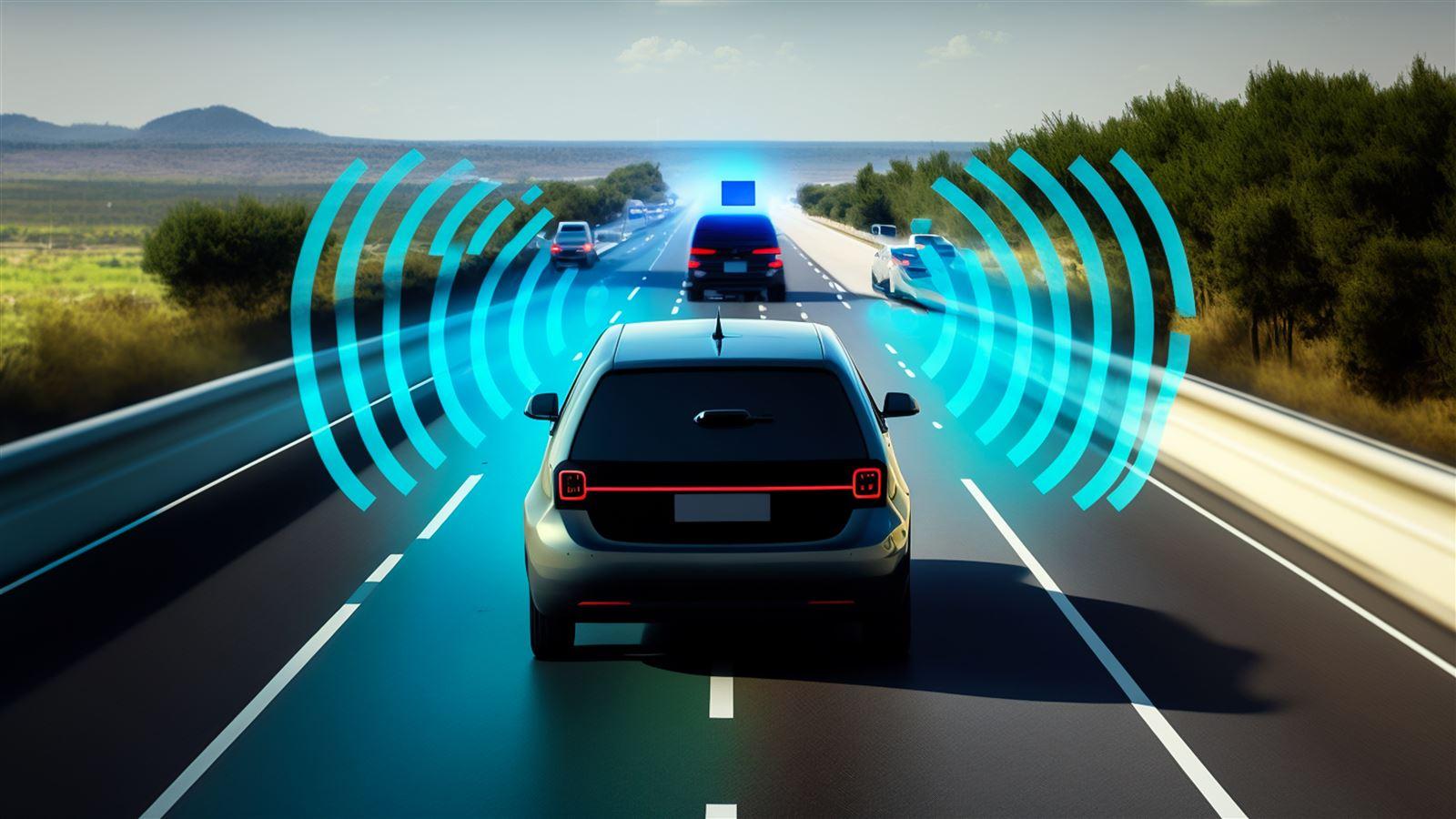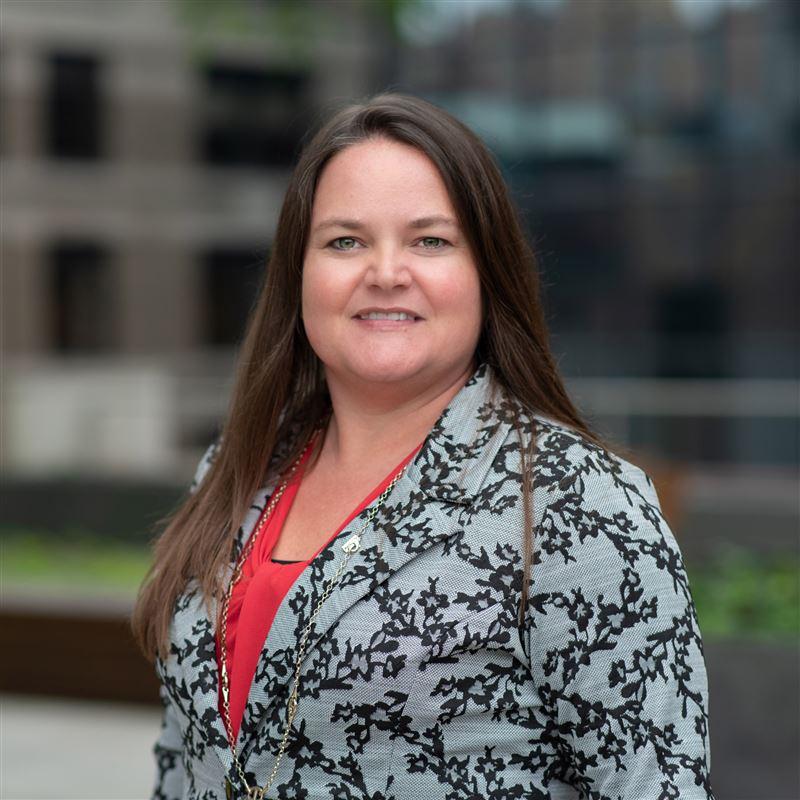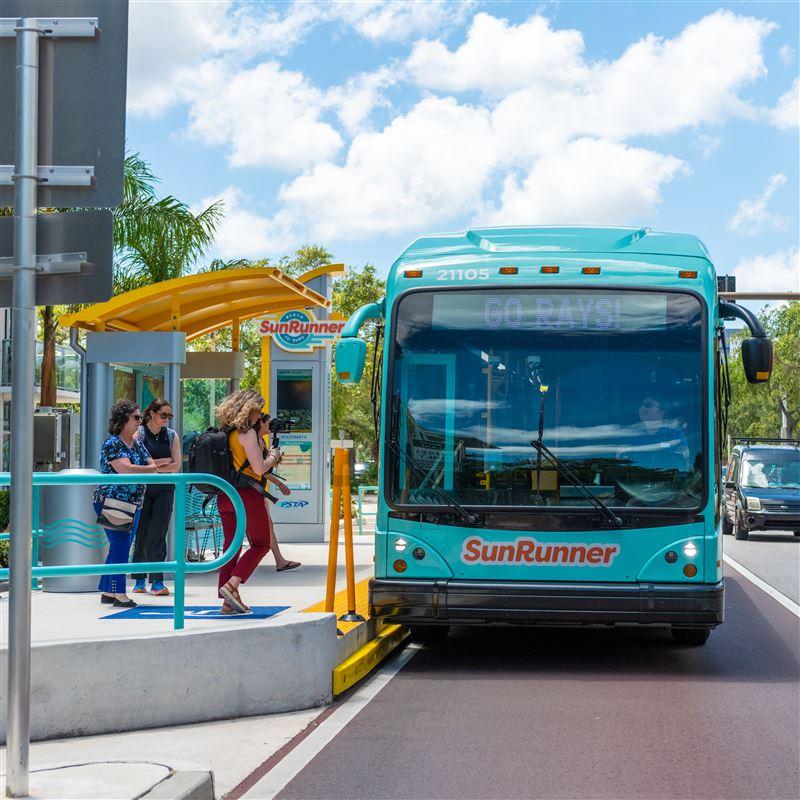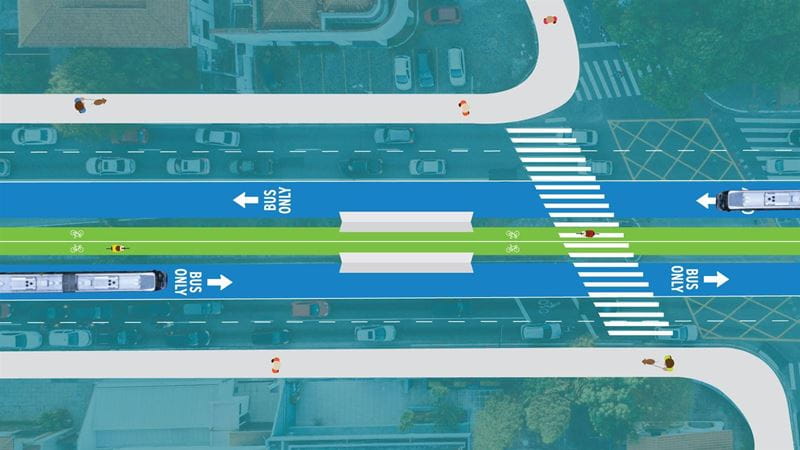Building the Roadmap for Automated Driving Systems on U.S. Roads
Automated vehicles (AVs) have officially made the monumental shift from science-fiction movie screen to neighborhood street corner. As such, the need to test and prepare AVs for full-scale deployment on U.S. roads has increased exponentially. While the initial development of AV technologies received strong support from government-funded research projects, private sector innovators have since recently taken large strides in developing and commercializing automation technologies as well as promoting public communication and consumer acceptance. CDM Smith has been leading the charge, working with states like Illinois, Ohio, California and others to conduct targeted technical research to inform future policy decisions and agency actions.
With support from CDM Smith’s automated vehicle specialist project team, the Ohio Department of Transportation (ODOT) and the United States Department of Transportation (USDOT) have conducted a four-year automated driving system (ADS) study as part of a $7.5 million federally funded technology grant. The project team conducted two parallel deployments: automated passenger vehicles and automated commercial tractors, both deployed for 7 to 10 months. Testing parameters included rural routes with hilly terrain, dense tree canopies, winding roads, unmarked pavement, limited GPS reception and frequent interaction with animals. CDM Smith managed the project on behalf of ODOT, keeping track of schedule and operations, as well as data and safety management.
“The purpose of the grant was to help us better understand how automated vehicles operate in real-world conditions, and to explore how to ensure safe, accessible, and efficient integration of automation,” says project technical lead Ben Ritchey. As Ritchey explains, automated driving systems have been extensively tested in urban areas, but much less so in rural settings. “There is very limited data about how vehicles operate in rural environments, even though rural areas account for 97% of the nation’s land area,” says Ritchey. “This deployment—being the first of its kind to operate on public roads— helped to fill that gap and will be crucial in helping USDOT develop policies that improve safety and benefit rural regions in Ohio and elsewhere.”
Deploying trucks with platooning technology
The tractor field test included a host fleet operating ADS tractors for truck platooning mode, where trucks are linked and able to talk with one another, ultimately working to decrease accidents, reduce operations costs and address truck driver shortage.
Ritchey shares an example of how this works. Let’s say two tractor trailers are on the road; tractor B is following tractor A at a rate of 4 seconds behind, which is considered a universally safe driving distance. With this technology, Ritchey stated the distance is planned to be 1.4 seconds. “These trailers are now close to each other and operating as one. Whatever the first tractor does the second one will do, too,” says Ritchey. The technology is designed to disengage for instances like when a car cuts into the line of traffic or if the tractor comes upon a road hazard. Researchers want to know more about where, how often, and what happens to the technology when that disengagement happens, which is critical data to support the project objectives.
While others have tested truck platooning in the past, this is the first case of a demonstration outside of the research environment using a host fleet that provides hauling freight in revenue service for customers.
Introducing complex technology and getting it to this point is not easy, but it can be done and this is a great example of it.
managing data collection and public perception
The team’s main focus was to capture vehicle operating data for USDOT and the research community including governments, universities and supply chain companies. Demonstration findings will be used to help better understand how certain operating conditions are met in the field, as well as how new technology regulations should be shaped in the future. This helps propel the entire transportation industry forward, not just the private companies that often dominate the AV space.
“Currently, the interstate trucking industry operates from state to state; there is no consistency from one state to another with regard to truck platooning regulations,” says project manager Randy Butler. “We’ve worked with the Ohio Highway Patrol to help define technology needs and limitations, and are working in tandem with law enforcement to share any updates to help create a standard. The end result is a safe and effective integration of ADS not just in rural Ohio, but in all national transportation systems in the future,” he says.
Public outreach and communication efforts were also utilized to support the education and promotion of ADS technology adoption and inform the safe scale of future vehicle automation deployments in the U.S. Public outreach included four primary groups: infrastructure owners and operators (IOO) at the state and local levels, law enforcement, driving and transportation services users for both passenger and freight services, and freight supply chain industry. Other outreach groups included the regional logistic councils, and regional and state level economic development entities.
The project team had to manage mounting complexities: microchip shortages and supply chain delays during the height of the COVID pandemic, a commercial environment that was initially hesitant to conduct a demonstration of this scale, and a tight schedule with no room for error. “Introducing complex technology and getting it to this point is not easy, but it can be done,” says Butler. “Automated driving systems will one day improve access to jobs, goods, healthcare, and improve mobility for rural residents. The Ohio demonstrations and the data that is collected may assist in achieving those long-term goals,” he says.

The purpose of the grant is to help us better understand how automated vehicles operate in rural conditions, and to explore how to ensure safe, accessible, and efficient integration of automation.











